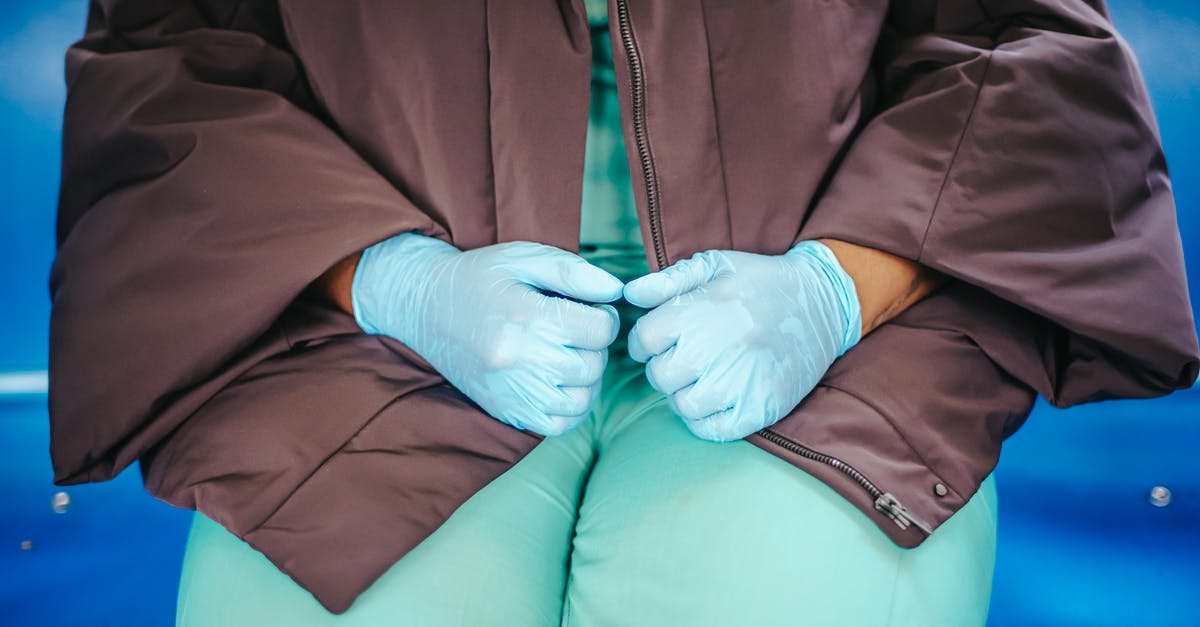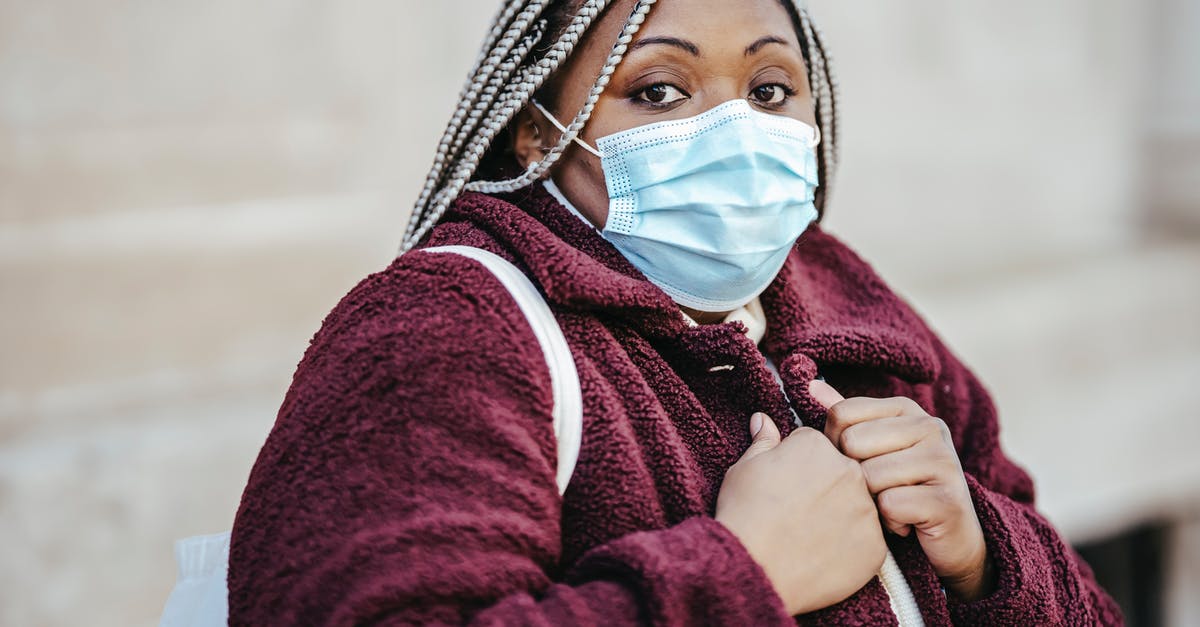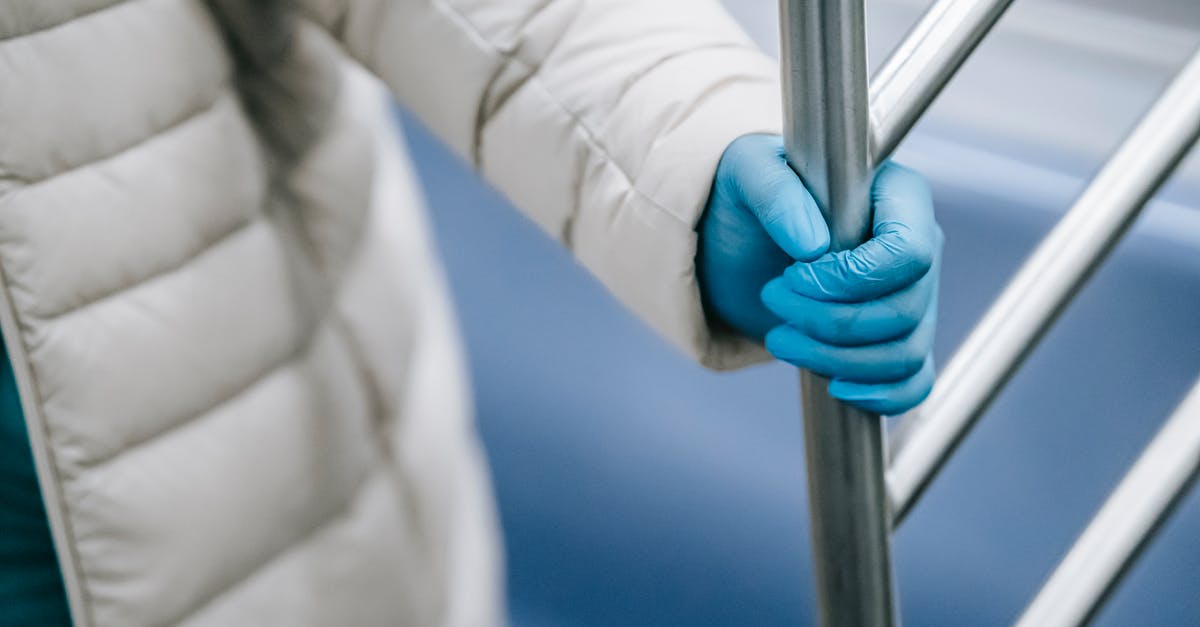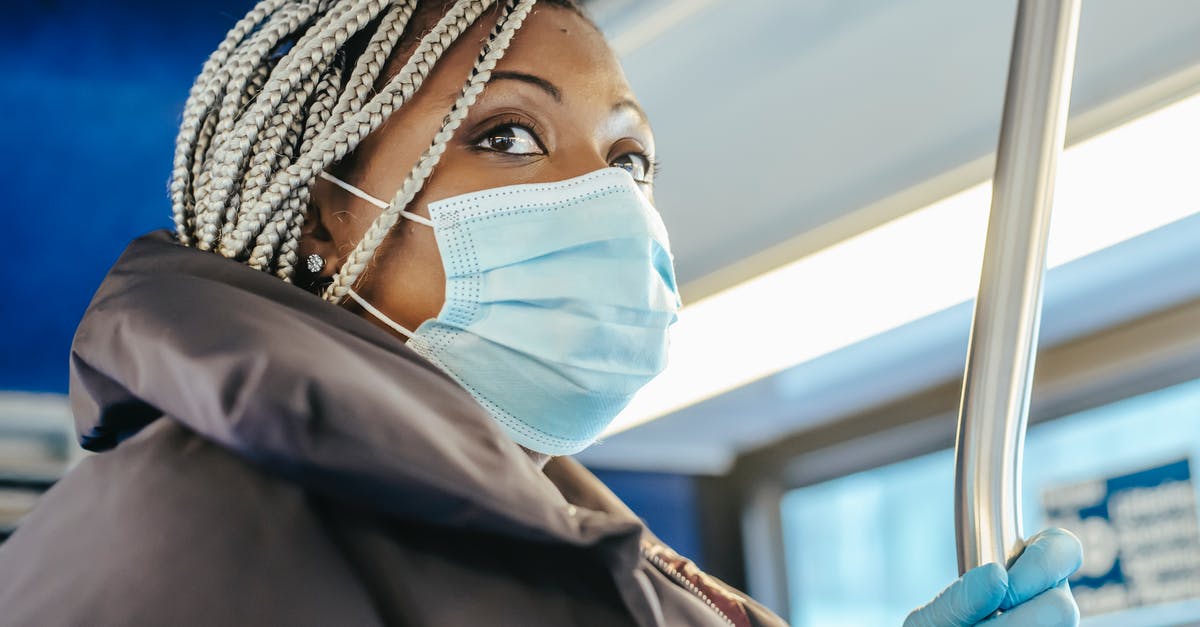How can I prevent pork from becoming tough while being held at warm temperature?

I work at a nice restaurant and bar. We sometimes make pork loin roasts and gravy for our banquets. The pork is cooked to 145 degrees internally and is very tender and delicious when sliced, but as it sits in the gravy in a warmer or on the banquet line, the meat toughens up.
What causes this? Is putting it in the warmer the cause of the problem?
Best Answer
I think this is normal. I have heard of other empirical observations, for example tough sous vide despite controlling the temperature tightly.
The problem is that temperature scales assume that you stop heating the meat at this temperature. But what toughens the meat is not temperature, it is energy. Each joule you put into that meat is beating up a piece of protein, breaking up weak bonds, destroying the tightly woven kinks. It is a stochastic process which speeds up with temperature.
So, what you want to happen is that almost all actin is denatured, and almost none of the myosin is denatured. At room temperature, the energy of the average molecule part moving with heat energy is so low that only one in a gazillion actin parts and one in a kilogazillion myosin parts are breaking free per minute (I don't have the actual numbers, sorry). If you heat that up to 145, at a rate of 10 F per minute, it spends a minute in transition from 75 to 85 F, at which time a gazillionth of your actin gets cooked. The next minute, it transitions from 85 to 95 F, and maybe a thousand times more myosin gets cooked than in the last minute, as well as a thousand times more actin. Repeat that until you reach 145, and in the last minute, you are adding sufficient energy per minute to cook 99% of the myosin and 0.0001% of the actin per minute.
If you were to keep the pan on the high heat and let it get up to 155 in the next minute, this will be a minute during which you are cooking the meat at a speed of 99.9999% of the myosin and 1% of the actin per minute, for example. This doesn't matter for your myosin, because it is cooked anyway, losing its ternary structure, but the energy is not yet high enough to make it lose its secondary structure. But you get a lot more actin converted. And if you let the temperature climb for another minute, the energy in this minute will be sufficient to convert another 99.99999999% of your myosin (if it were still raw, which it isn't) and almost 100% of your actin. Now you have a shoesole steak on your hands.
This is why you are told to remove the steak from the pan when it reaches a certain temperature. It is not the reaching of the temperature which turns it, but the total amount of temperature which has gone into it since the start of heating.
In scenario two, you know enough to remove it from the pan at 145. In the next minute, while it is resting, it goes down a few degrees, and maybe another percent of your myosin is converted, but certainly not enough to get it tough. Everything is great when you serve it after maybe 10 minutes of resting.
In scenario 3, you keep it hot for a day. The temperature is high enough to not worry about food safety. Which means that there is still a significant amount of heat energy pouring into your meat per minute. It may only be cooking 0.1% of your myosin per minute (as opposed to a 5 degrees higher temperature which would be cooking the myosin at a rate of 10% per minute) but if you keep it there for 1000 minutes, you get 100% of your myosin converted, so you get a shoesole again.
This is a simplified description of what I think is happening. Again, none of the numbers denoting denaturing speed are accurate; I use them to illustrate the logic behind the physical process here, but the actual speed can be orders of magnitude off. And besides, there is more complicated stuff happening in heating meat, and more of it is still being discovered. But I think this is sufficient as an explanation of why you are getting tough meat. The "cook it to 145 F" rule is a gross oversimplification which only delivers good results if you really stop heating it then.
Pictures about "How can I prevent pork from becoming tough while being held at warm temperature?"



How do you make pork soft and tender?
To tenderize pork before cooking it, try breaking up the tough muscle by hitting it with a meat mallet evenly across the surface of the meat. Then, if you want your pork to be extra tender, you can marinate it in a tenderizing marinade made with acids, like citrus juices, vinegar, or wine.How do you keep pork chops from getting tough?
To prevent dry and tough pork chops, you need to cook the chops a certain way. Shoulder and rib pork chops are tougher cuts, and so need to be cooked long and slow in liquid. The prime centre cut loin chops should ideally be cooked to a medium doneness (slightly pink), so that they remain tender and juicy.Why does pork get tough when cooked?
But the old method of cooking pork to the well-done stage, offered an excessive margin of safety. And since overcooking shrinks meat fibers and squeezes our juices, overcooked pork is tough and dry. It's well worth investing in a meat thermometer or slender multi-use digital thermometer, to take away the guesswork .Why is my pork roast tough?
If you don't cook the connective tissue properly, it will be tough and rubbery. The connective tissue has to break down and literally melt away in the meat. This takes time. but when it's done, the meat should fall apart by itself.How To Tenderize ANY Meat!
Sources: Stack Exchange - This article follows the attribution requirements of Stack Exchange and is licensed under CC BY-SA 3.0.
Images: Laura James, Laura James, Laura James, Laura James
